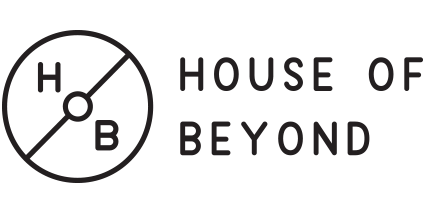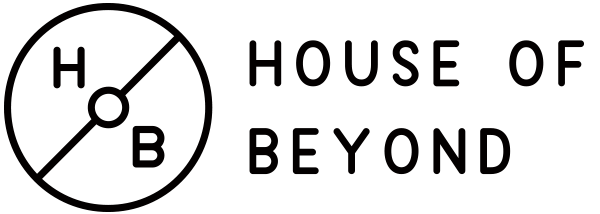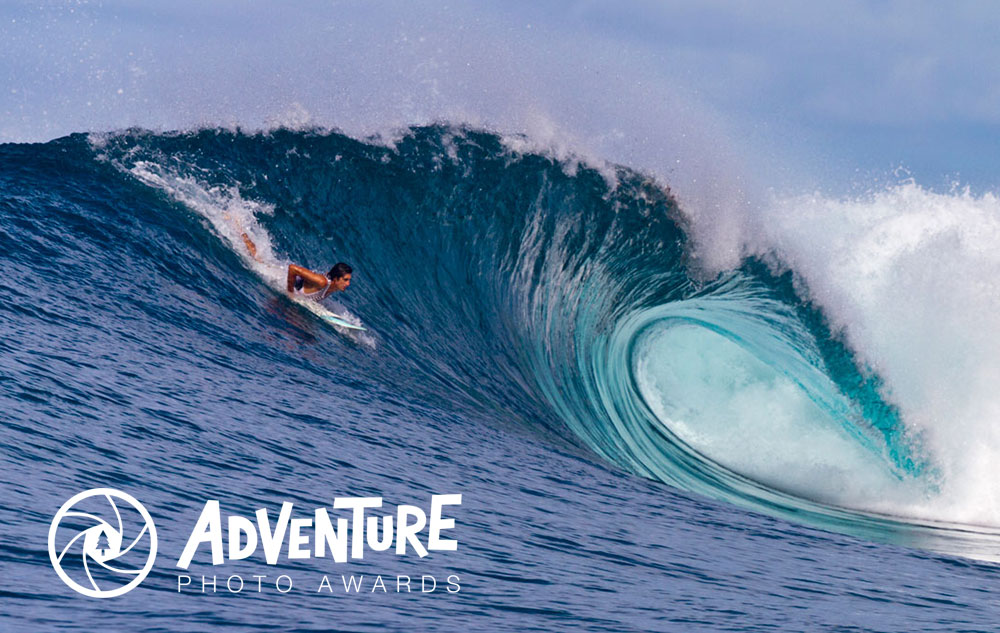John Callahan is a photographer’s surf photographer. His images from the seven seas bring surf exploration and adventure into our lives offering rich contextual wavescapes that outsmart all the dehumanizing in-your-face/big punt/big decal/big deal surf porn.
In a world saturated with hipster instagram clones Callahan and the surfEXPLORE team still bring mystery desert pointbreaks, thundering tropical reef passes and transcendent cultural experiences from the other side of minefields, political turmoil or right under our noses.
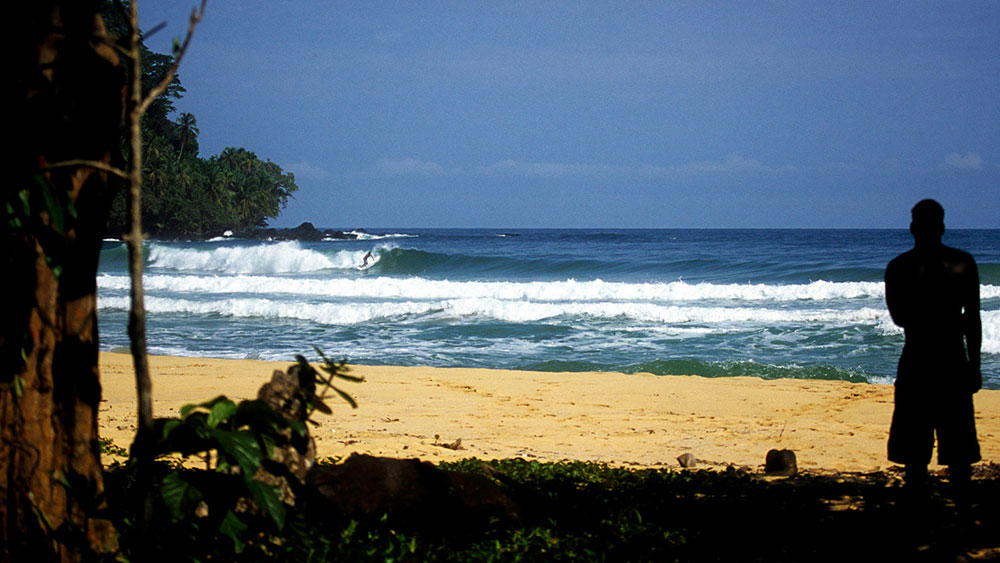
Image: John Callahan
ALSO READ: John Callahan announced as Adventure Photo Awards judge
House of Beyond catches up with John after his last surfEXPLORE adventure on the secret reefs of the Philippines
After all these years the Philippines remain (at least to European surfers) a bit under the radar. Why do you think that might be?
The Philippines are overshadowed by nearby Indonesia, probably the best surfing location in the world. With 7 107 islands in the Philippines versus the 18 000 in Indonesia, Philippines can’t compete with the sheer number of high-quality setups available in Indonesia.
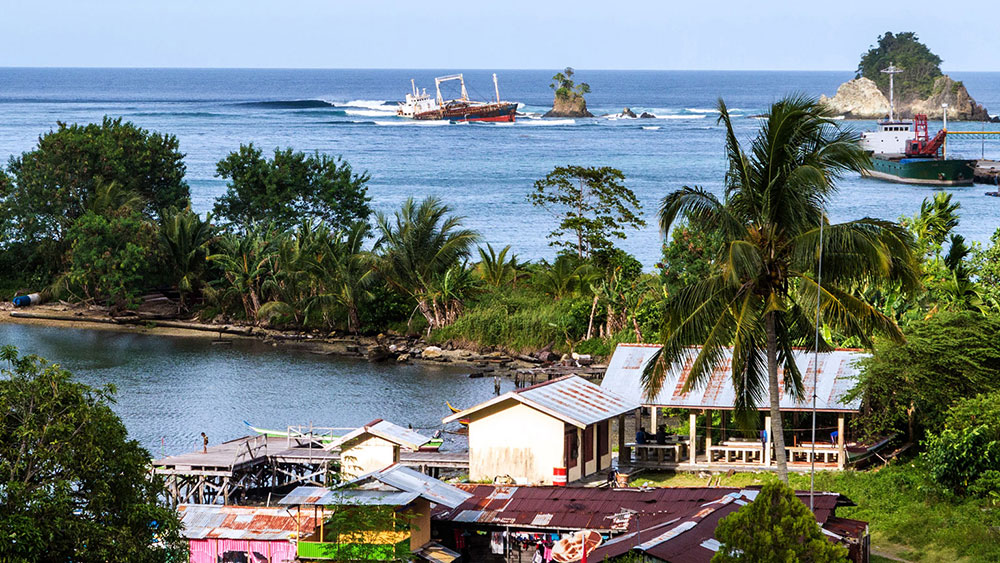
Image: John Callahan
The advantages the Philippines have are far fewer surfers, both local and visiting and a large number of uncrowded locations. In 2015 it is not so easy to surf with just a group of friends anywhere on the Indian Ocean side of Indonesia. In The Philippines, that is the norm.
For me, your trip and article with Taylor Knox and Evan Slater to Cloud 9, in the Philippines, set me off on a path of waves and discovery, with surfing acting as the vehicle for exploration and travel. How do others respond to your work?
That is our primary intention with surfEXPLORE, to inspire others to get off the beaten track and look around for new locations and new waves. Most people are supportive, we get the most negative comments from Americans and Australians. These are people whom have seen places like Bali, Nias and Costa Rica overrun with crowds of surfers and the corresponding development of infrastructure to support a large visitor industry.
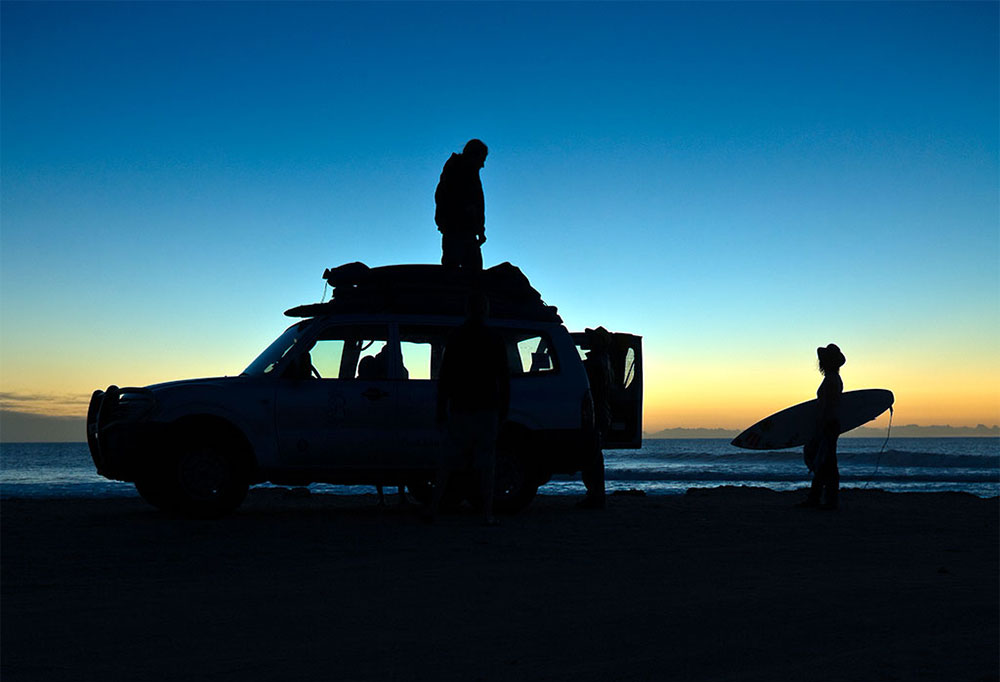
Image: John Callahan
I don’t blame them for being bitter, but if things are going to change for the next generation, lessons have to be learnt and new planning concepts applied such as the surf access management plan of the Surfing Association of Papua New Guinea. This plan is in place at several locations in that country, restricting visitor numbers and directing revenues to local companies and residents.
I was lucky enough to get started before surf travel evolved into ‘surf tourism’, but you were in earlier still and at the cutting edge of the exploration. We can’t change things but what has been gained and lost with the internet age?
A great deal has been gained in the internet age. The proliferation of relevant tools such as accurate surf forecasts and incredible public databases like Google Earth and numerous weather data sites like Surfline and Magicseaweed have changed the game forever.
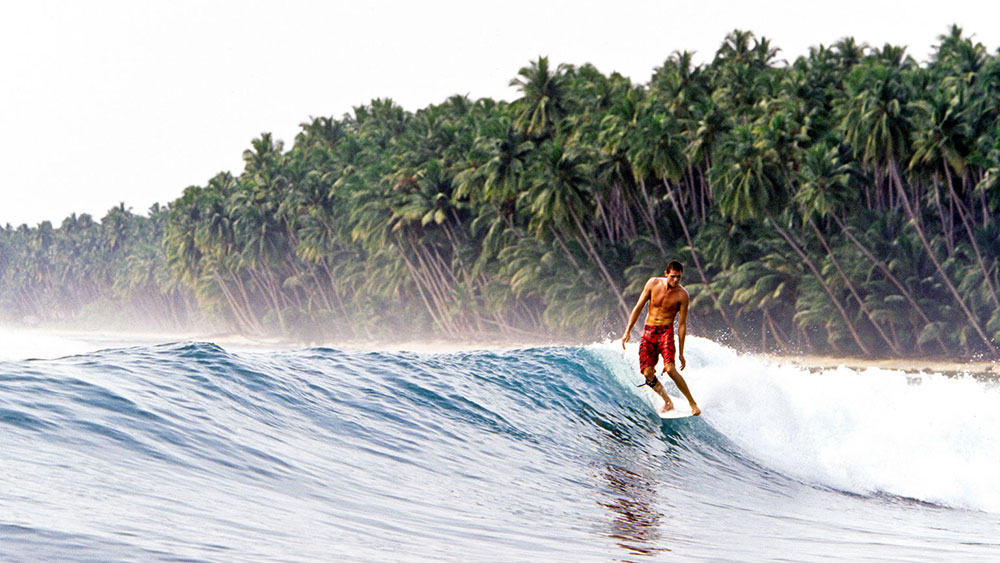
Image: John Callahan
Back in the day, the best tool available was a US or UK nautical chart, many of them demarcated in fathoms from data accrued in the days of bored Royal Navy sailors dropping a lead weight on the end of a hemp rope. Planning consisted of sourcing these expensive nautical charts plus setting aside as much time and money as possible before hitting the road in a frenzy of ignorant enthusiasm.
Modern tools are great, but there are no guarantees
Rather hit or miss, but what I tell people who are interested in this sort of thing is – modern tools are great, but there are no guarantees. You can always score, at virtually any location if you are willing to wait long enough. No one can control swell or wind. In that context, not much has changed at all!
Is there anywhere really left to discover? Are we simply rummaging down the backs of the couch, geographically speaking, looking for conditional waves?
No, not at all. In many ways, the age of surf discovery is just beginning. As distances continue to shrink in terms of time and money necessary to go somewhere, more potential surfing locations become accessible. Surfers are referred to in the travel industry as “spear-point” adventure travellers, so many of those newly accessible locations will see surfers, looking for new waves.
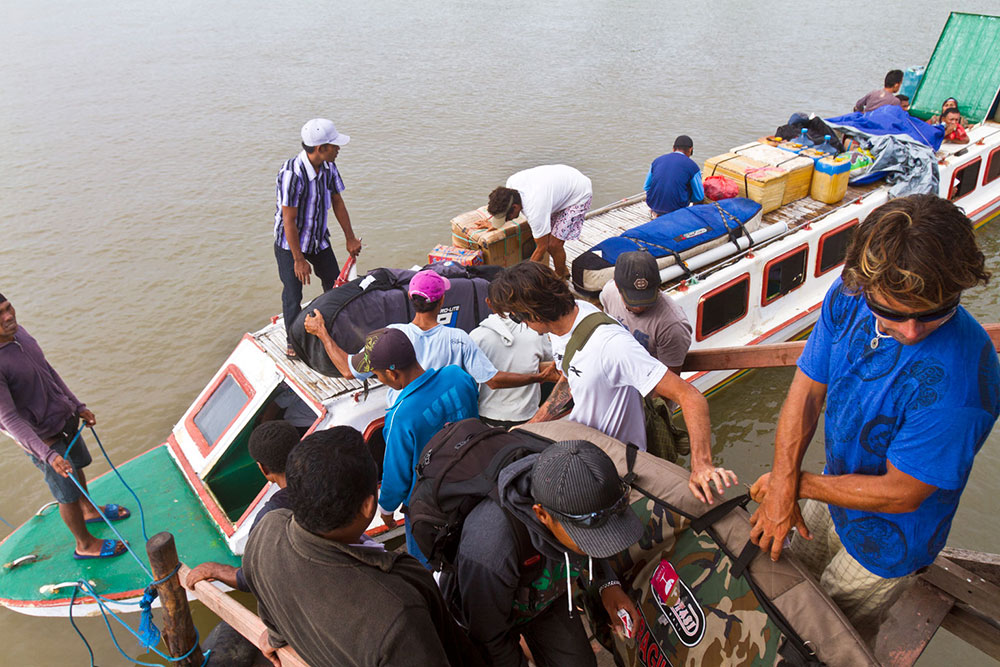
Image: John Callahan
The Economist recently published an isochronic map from 1914 that shows how long it took to travel from London to anywhere in the world. At that time it took 20 days to travel from London to South Africa by ship. In one century, that time has been reduced to one flight of ten hours.
With further advances in travel, we will see new areas become accessible, particularly in the Arctic, the Antarctic and the equatorial areas with historically poor infrastructure, like Central Africa and the vast archipelago of Indonesia where new airports in Pacific Indonesia are already making new surfing areas accessible.
The wild cards are politics and war, as some areas become off limits and others have an outbreak of peace, such as El Salvador and Nicaragua, which are now huge surfing destinations for American and Brazilian surfers but were almost unsurfed from the late 1970’s until the early 1990’s due to numerous civil and proxy wars.
Sam Bleakley is a big proponent of the positive effect surfing can have on newly exposed cultures. You’ve been just about everywhere, are we the positive tribe we claim to be?
Yes, Sam is a major proponent of cultural tourism, the positive interactions that can take place between visitors and locals. Easkey Britton is doing great work in Iran and elsewhere on the same themes.
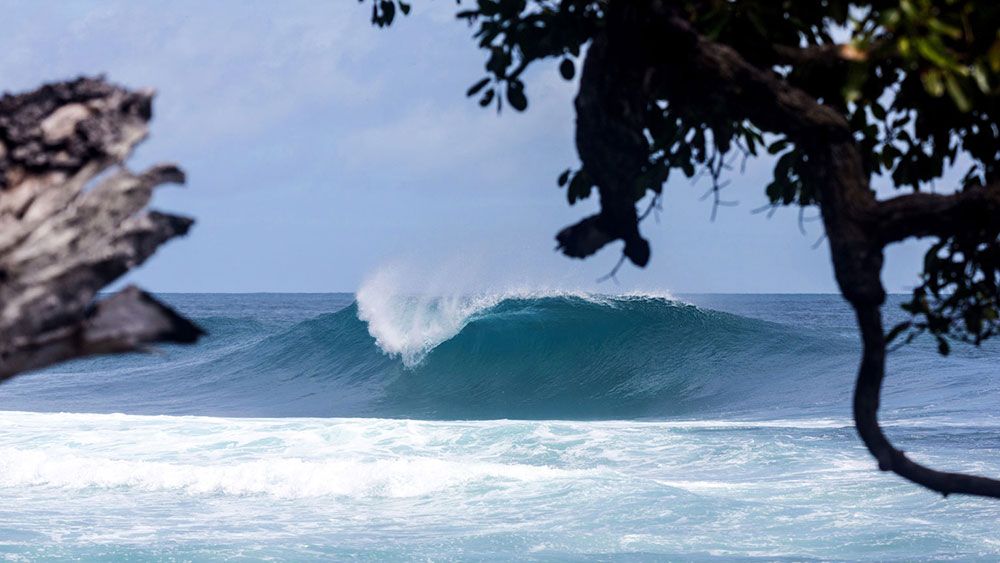
Image: John Callahan
I think surfers can be positive influences on newly exposed cultures, as we are often the “spear point” travellers in new places. It is true we have not always been, but we can be.
Much depends on the education level of the individual surfers in this position, that they understand what they are doing in a historical and cultural context, as Sam and Easkey definitely do.
I know Sam has a love of the Hispanic corners of the world, is there a particular culture or region that you find yourself going back to again and again?
I’m more of an Asia person in that context, as I’m from Hawaii and I have lived in Singapore for 15 years. Several countries in the region like Indonesia and the Philippines are my areas of greatest surfing and travel experience.
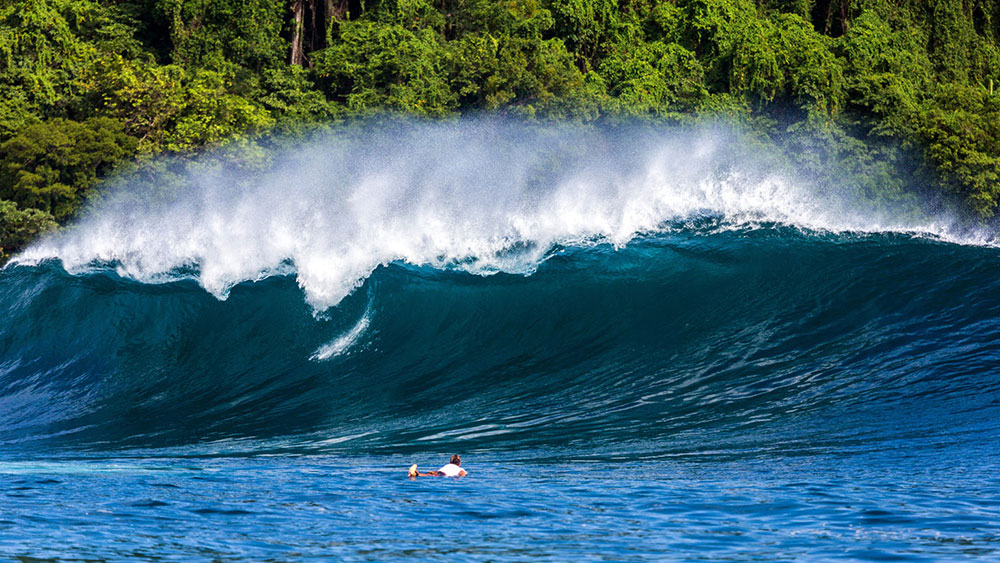
Image: John Callahan
At the same time, it’s good to get out of your comfort zone and go somewhere new, as I did when we made surfEXPLORE projects in Oman, Mauritania and Western Sahara.
I had never been to the desert before and was admittedly not that keen on the plans but I thought it was fascinating. It’s an environment that initially appears to have nothing going on as it almost never rains and there are few plants or trees, but as we learned from several experienced “Desert Men” in each location, there is actually a great deal going on with the constant subtle interactions of sand, wind and waves.
What’s your most pleasurable discovery?
We have done well with our surfEXPLORE group in many areas in the world from the Caribbean, Mediterranean and South China Seas to locations in the Atlantic, Pacific, and Indian Oceans which highlights our commitment to research and planning.
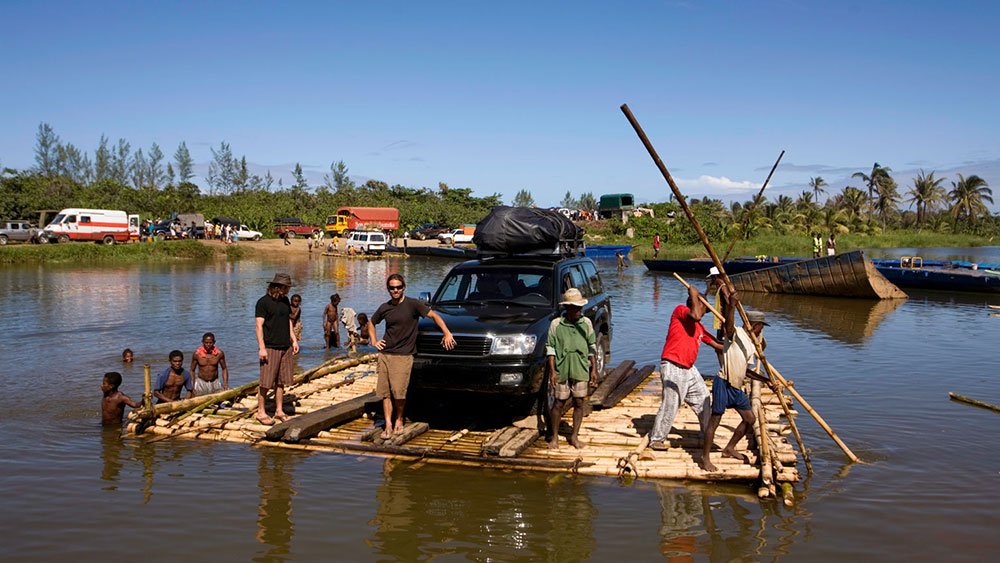
Image: John Callahan
As the American General Eisenhower was quoted “In preparing for battle I have always found that plans are useless, but planning is indispensable”.
This is similar to a surfEXPLORE project in that there is a lot of careful planning done in advance, but more often than not, our best discoveries have been completely unexpected like quality reef waves on the north coast of Haiti, new waves on remote reefs in The Philippines, and the incredible number of unridden waves on the continent of Africa.
What’s the greatest travel tale you’ve never told?
Ha ha. Maybe the boat disaster in Haiti, as I don’t think that story has ever been published. Definitely in the category of “not so funny when it happened”.
On our second trip to Haïti, we made plans to take a boat and explore some of the many offshore islands near Les Cayes, on the theory there could be good unridden reef waves out there in the Caribbean Sea. Everything went well, as we looked at a number of locations and found an offshore left reef, long and hollow, much bigger and better waves than anything available on the Haïtian mainland.
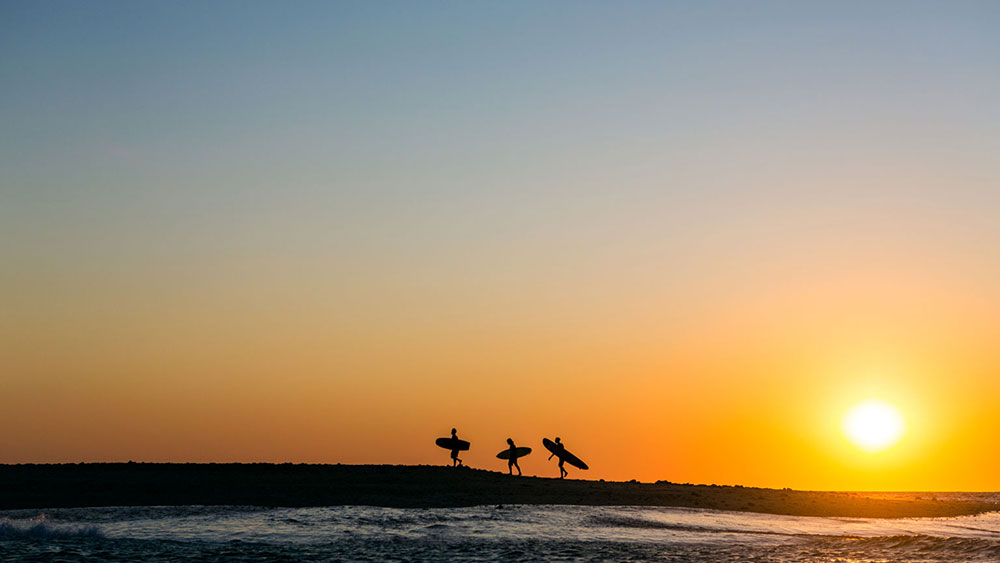
John Callahan3
We had a great session and got back in the boat as it was getting dark. We were an hour or so from our base at the Ile a Vache, the largest of the islands in the area. After a few minutes of the return trip the 200 hp outboard motor suddenly seized violently and the boat came to a complete stop.
Floating along in silence, we were without an engine in the middle of the Caribbean Sea. Some engine work followed but the motor was frozen solid – an oil leak had drained the lubrication without anyone’s knowledge. A number of rather loud phone calls in Haïtian Creole followed as we were still within cell phone range. It was now completely dark.
A boat used to bring guests to the hotel on the Ile a Vache started looking for us. We had a GPS coordinate, but nobody on that boat could read GPS. They only used compass bearings to motor back and forth to the mainland. So they had to spot our light, and we had one tiny flashlight to signal our location!
After several hours of drifting and many phone calls the hotel boat saw our fading flashlight
After several hours of drifting and many phone calls on a declining battery, in what must have been a minor miracle, the hotel boat saw our fading flashlight in the darkness and arrived on the scene. A rope was tied from their stern to our bow, and we set off again.
An island appeared an hour or so later and we prepared to disembark, but as we got closer it became apparent – it was the wrong island.
A stern conference with the boat captain followed and along with the confused and seasick guests he had picked up in Les Cayes on the mainland before rescuing us, we set off again to find the Ile a Vache.
After another hour we finally arrived at the hotel dock at midnight, congratulating the boat captain for finally getting it right and looking forward to a cold beer. Crikey.
You certainly have a true photographer’s eye for composition, who were your influences?
I had several photo classes as part of the Design programme at UCLA from where I graduated with a degree in Fine Arts.
It wasn’t a conscious decision to “become a photographer” as in waking up one day and deciding that was what I was going to do – it was more organic, in that I found myself doing more and more photography with great editors and publishers inside and outside of surfing, activities which rather interfered with getting a proper job or career path.
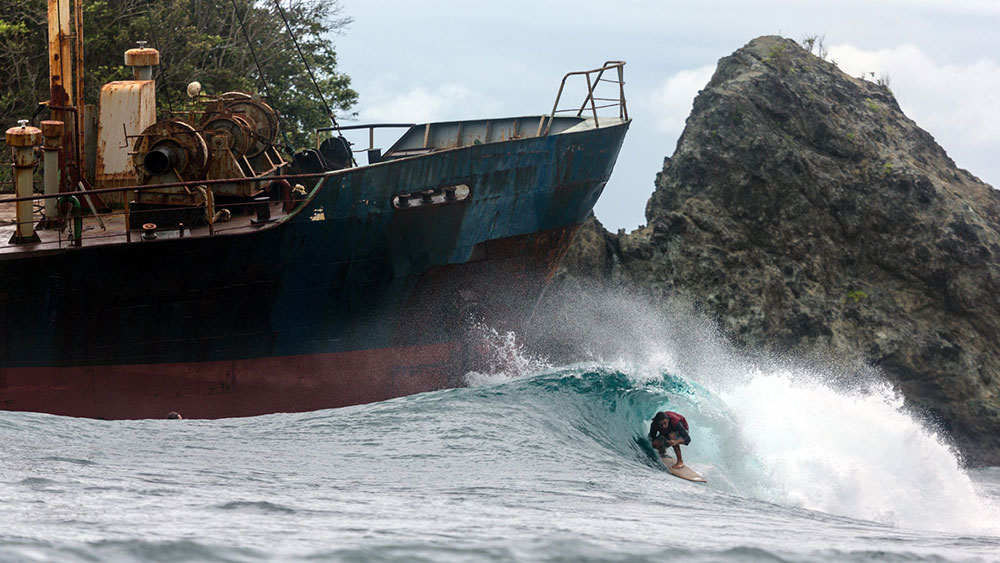
Image: John Callahan
Is there anyone inspiring you from the new cohort of surf photographers?
Morgan Maassen does very nice work in many locations. He’s got an artistic eye and doesn’t only direct his lens towards hard action.
Sacha Specker out of Cape Town in South Africa does incredible seascape images, his material is distinctive in an overcrowded genre.
I also like the output of the action cam and empty waves and only empty waves crew. The subject is redundant to folks that don’t surf, as one empty wave looks much like another, but to surfers waves are fascinating things and the small size of an action camera has given the dedicated wave photographer unprecedented access.
You often frame the surfer and surfing in relation to the environment, which lends context to the story. Is this something that the surf industry as a whole still values?
I think they do. The surf industry as a whole has always placed a higher value on the tight action “surfporn” shot with big logo exposure, but there have been campaigns by major advertisers that focus on context, which is more my strength.
In my opinion, a strong contextual image is much more difficult to shoot than a typical surfporn action image.
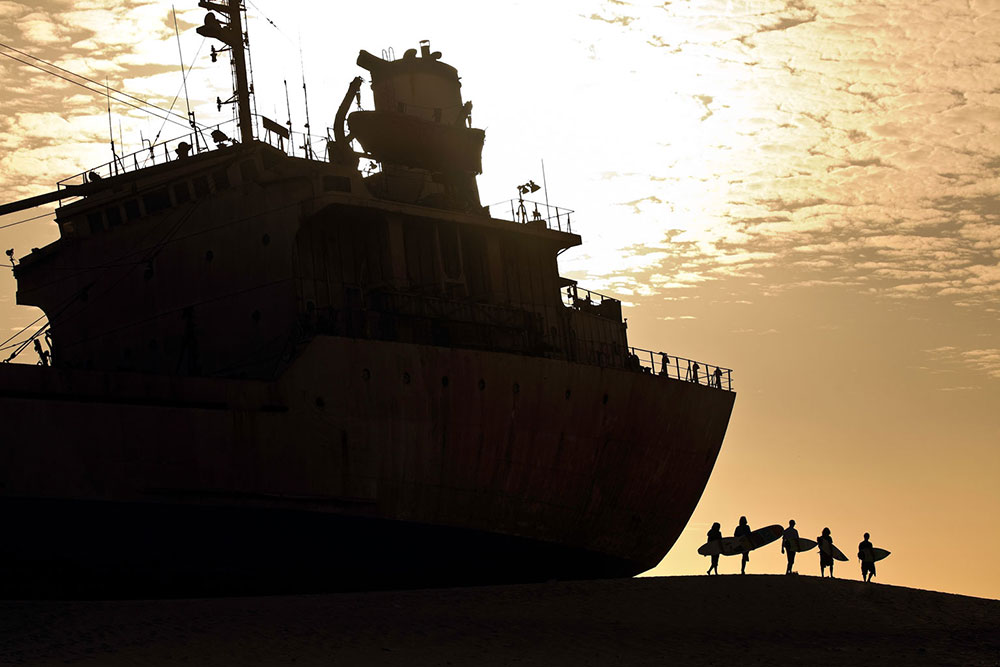
Image: John Callahan
Now this is a techie one, I’m thinking in particular the new mirrorless bodies, GoPro, drones etc, how is technology driving the artistry and industry?
Yes, I definitely think there is a new aesthetic being driven by mirrorless cameras, mobile devices, action cameras and aerial drones. It’s not possible to produce a documentary project these days without drone footage, largely replacing fussy helicopters which are much more expensive to use.
As a Getty Images photographer, many of their request briefs are for images meeting this New Aesthetic criteria, which I try to produce using my phone and action camera rather than a traditional DSLR setup.
At the same time, there is a reactionary thrust into the past, with hipster types spurning digital technology and producing deliberately retro images with film and analogue mechanical equipment like Super 8 movie cameras, the classic Hasselblad medium format camera, Polaroid cameras with instant film or the Lomo plastic lens camera.
All film cameras use extremely environmentally unfriendly chemicals for image processing and generate loads of plastic and paper waste, but hey – don’t tell them that.
Any tips for new photographer?
If you want to break into the game, focus on developing your look on social media before approaching any website or ink on paper editors.
Mind no one ever advanced their cause by copying what other people are already doing very well, so work on having a distinctive viewpoint and/or locations. Editors see hundreds if not thousands of images daily, so it’s hard to get their attention as a new talent without a new perspective or locations.
When you have a decent following on instagram and facebook, then approach an editor and you will have a portfolio of peer-reviewed material ready to show.
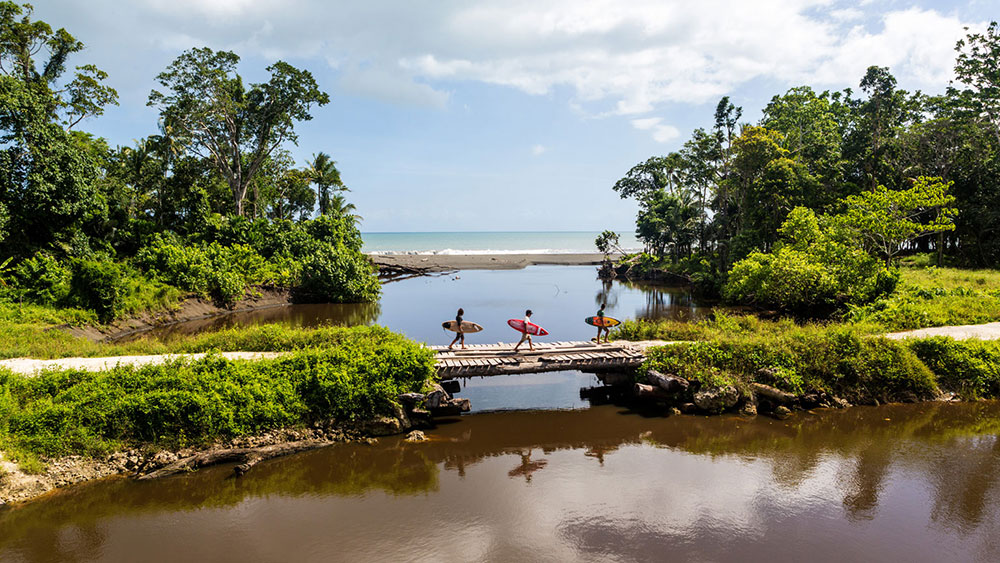
Image: John Callahan
In the Insta-soup of instagram originality is more often swamped by repetition and clones, is there a risk that photography, as a medium, in the media at least, faces redundancy?
I don’t think Instagram and other social media platforms are going to kill photography as we know it – change photography? Definitely, but humans have been using photographic images as a creative reference point for more than a century now and that is going to remain a constant.
It’s how the images are created and distributed that has undergone massive changes in recent years with the advent of digital imaging, the demise of ink on paper printing and distribution and the rise of the screen as a medium for display. We see more images now on a daily basis than we ever did with ink on paper reproduction and that is going to continue – and probably increase.
We’ve been talking a lot at HOB about the fuel social media is adding to the adventure fire and whether it is facilitating a golden age of boundary breaking or upping the ante constantly until athletes start paying with their physical and mental health or worse their lives. Care to wade in?
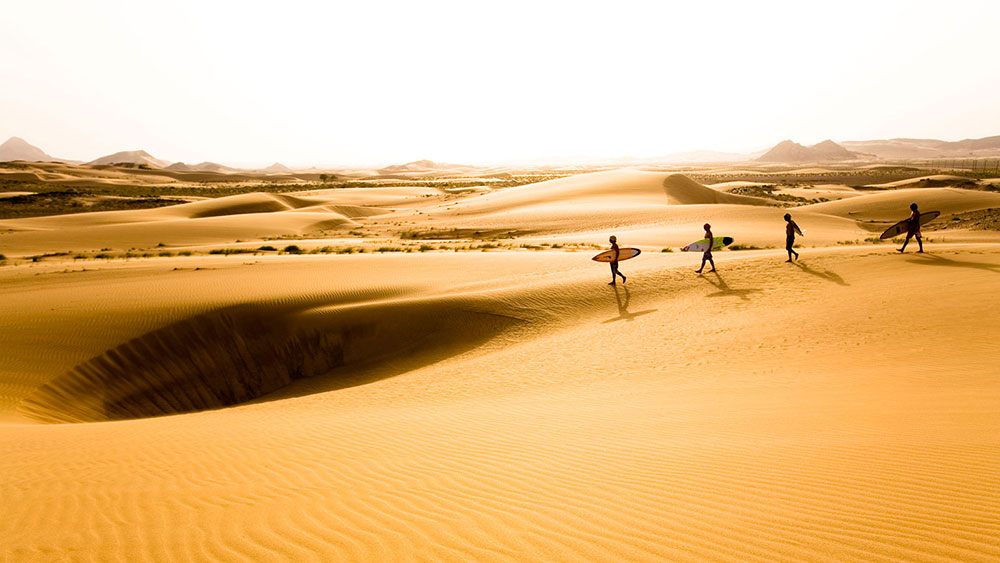
Image: John Callahan
Up to a point, it is. When the owner of Clif Bar withdrew their sponsorship of many outdoor and adventure athletes recently, that was a signal that risk taking, in their opinion, had reached unacceptable levels. They didn’t want to be an incentive for getting people killed.
At the same time, it isn’t companies that are taking the risks, it is the decision of the individual. The recent film “Free Solo” with Alex Honnold was a huge success for National Geographic – and he survived. Would the programme have been broadcast if Alex had fallen to his death? I don’t know, but I doubt it. Ultimately it is the decision of the individual to take risks, not the sponsoring companies. Surfing, even big wave surfing, is relatively safe in comparison with free-solo rock climbing where one mistake is certain death.
What are you riding theses days?
I follow my usual rule on surfEXPLORE projects – “Can I borrow one of your boards for a quick session”? Usually one of Sam’s longboards, I’m looking forward to trying one of his new FireWire timber boards and they look fantastic and ride well.
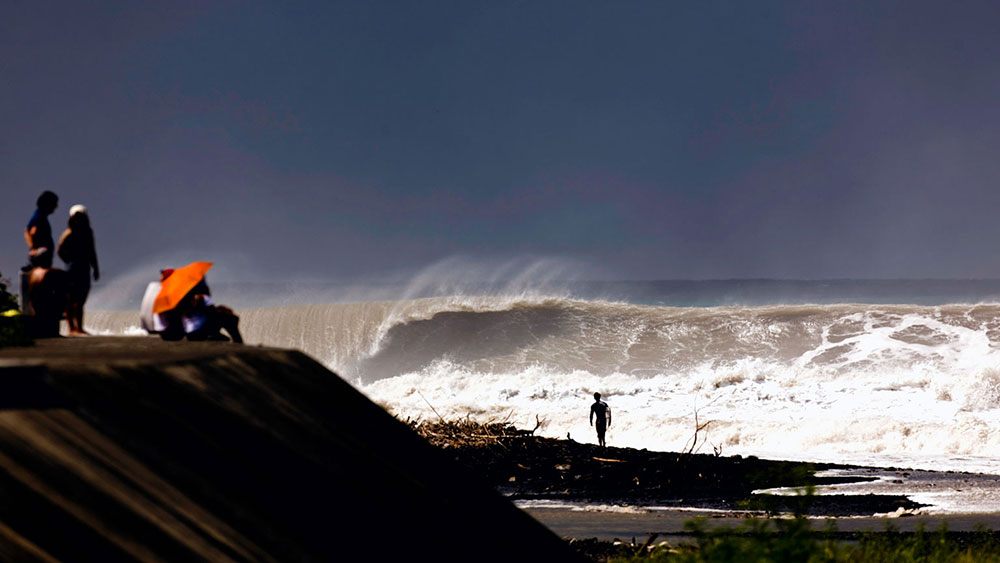
Image: John Callahan
What’s the Callahan Manifesto?
We look to many sources for inspiration for surfEXPLORE, from books to music to images. Of course, we all loved the shoestring adventures of discovery from Kevin Naughton and Craig Peterson as published in Surfer Magazine in the 1970’s, they did some great trips, particularly in West Africa and Central America.
My personal journey may have started with the first issue of Surfer I can remember buying – the April 1974 issue with the cover story about “The Forgotten Island of Santosha”, which is still regarded as one of the best travel features Surfer Magazine has ever published.
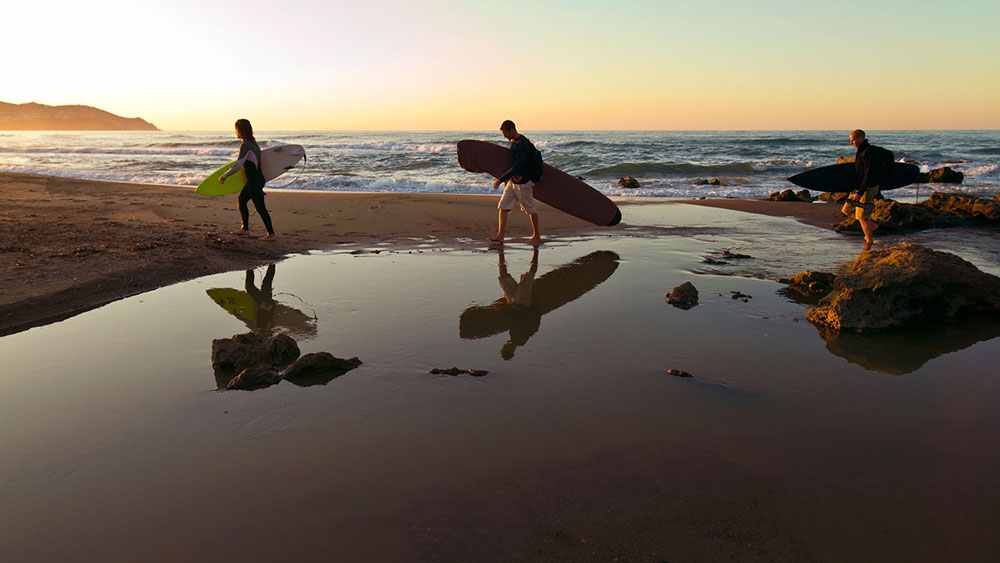
Image: John Callahan
Outside of a surfing context, travel writers like Paul Theroux, VS Naipaul and Ian Thompson and explorers such as Wilfred Thesiger, Ryszard Kapuscinski and Richard Burton have provided great inspiration to go a little bit farther, over the next hill, around the next point, to see what is there.
A few years ago in coastal Kenya, a little afternoon stroll to check the surf with Randy Rarick and Sam Bleakley turned into a six-hour hike around most of Manda Island as both Randy and Sam were saying “Let’s see what’s around that point” or “There might be something at the end of this beach.” so we just kept going until we had circumnavigated most of the island.
See Also: A force for change: John Callahan Adventure Photo Awards Judge announced
